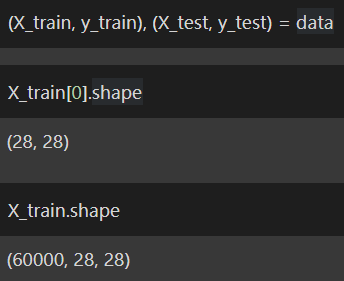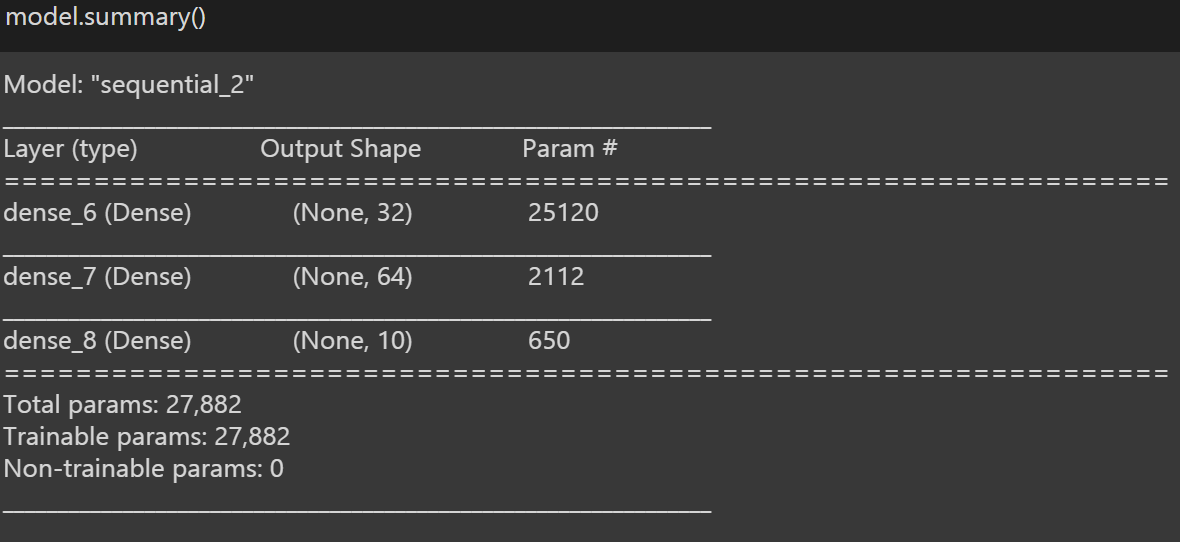Introduction
This blog deals with MNIST Data. Actually, MNIST is ‘Modified National Institute of Standards and Technology. This dataset consists of handwritten digits from 0 to 9 and it provides a pavement for testing image processing systems. This is considered to be the ‘hello world program in Machine Learning’ which involves Deep Learning.
This article was published as a part of the Data Science Blogathon
Table of contents
Step1: Importing Dataset
To proceed further with the code we need the dataset. So, we think about various sources like datasets, UCI, kaggle, etc. But since we are using Python with its vast inbuilt modules it has the MNIST Data in the keras.datasets module. So, we don’t need to externally download and store the data.
from keras.datsets import mnist
data = mnist.load_data()Therefore from keras.datasets module we import the mnist function which contains the dataset.
Then the data set is stored in the variable data using the mnist.load_data() function which loads the dataset into the variable data.
Next, let’s see the data type we find something unusual as it of the type tuple. We know that the mnist dataset contains handwritten digit images, stored in the form of tuples.
data
type(data)Step 2: Split the Dataset into Train and Test
We directly split the dataset into train and test. So for that, we initialize four variables X_train, y_train, X_test, y_test to sore the train and test data of dependent and independent values respectively.
(X_train, y_train), (X_test, y_test) = data
X_train[0].shape
X_train.shape
While printing the shape of each image we can find that it is 28×28 in size. Meaning the image has 28pixels x 28pixels.
Now, we have to reshape in such a way that we have we can access every pixel of the image. The reason to access every pixel is that only then we can apply deep learning ideas and can assign color code to every pixel. Then we store the reshaped array in X_train, X_test respectively.
X_train = X_train.reshape((X_train.shape[0], 28*28)).astype('float32')
X_test = X_test.reshape((X_test.shape[0], 28*28)).astype('float32')We know the RGB color code where different values produce various colors. It is also difficult to remember every color combination. So, refer to this link to get a brief idea about RGB Color Codes.
We already know that each pixel has its unique color code and also we know that it has a maximum value of 255. To perform Machine Learning, it is important to convert all the values from 0 to 255 for every pixel to a range of values from 0 to 1. The simplest way is to divide the value of every pixel by 255 to get the values in the range of 0 to 1.
X_train = X_train / 255
X_test = X_test / 255Now we are done with splitting the data into test and train as well as making the data ready for further use. Therefore, we can now move to Step 3: Model Building.
Step 3: Train the Model
To perform Model building we have to import the required functions i.e. Sequential and Dense to execute Deep Learning which is available under the Keras library.
But this is not directly available for which we need to understand this simple line chart:
- Keras -> Models -> Sequential
- Keras -> Layers -> Dense
Let’s see the way we can import the functions with the same logic as a python code.
from keras.models import Sequential
from keras.layers import Dense
model = Sequential()
model.add(Dense(32, input_dim = 28 * 28, activation= 'relu'))
model.add(Dense(64, activation = 'relu'))
model.add(Dense(10, activation = 'softmax'))Then we store the function in the variable model as it makes it easier to access the function every time instead of typing the function every time, we can use the variable and call the function.
Then convert the image into a dense pool of layers and stack each layer one above the other and we use ‘relu’ as our activation function. The explanation of ‘relu’ is beyond the scope of this blog. To learn more about it you can refer to it.
Then again, we stack a few more layers with ‘softmax’ as our activation function. To learn more about ‘softmax’ function you can refer to this article as it is beyond this blog’s scope again as my primary aim is to get the highest possible accuracy with the MNIST Data Set.
Then finally we compile the entire model and use cross-entropy as our loss function, to optimize our model use adam as our optimizer and use accuracy as our metrics to evaluate our model.
To get an overview of our model we use ‘model.summary()’, which provides brief details about our model.

Now we can move to Step 4: Train the Model.
Step 4: Train the Model
This is the penultimate step where we are going to train the model with just a single line of code. So for that, we are using the .fit() function which takes the train set of the dependent and the independent and dependent variable as the input, and set epochs = 10, and set batch_size as 100.
Train set => X_train; y_train
Epochs => An epoch means training the neural network with all the training data for one cycle. An epoch is made up of one or more batches, where we use a part of the dataset to train the neural network. Meaning we send the model to train 10 times to get high accuracy. You could also change the number of epochs depending on how the model performs.
Batch_size => Batch size is a term used in machine learning and refers to the number of training examples utilized in one iteration. So basically, we send 100 images to train as a batch per iteration.
Let’s see the coding part of it.

Hence, after training the model we have achieved an accuracy of 97.88% for the training data set. Now, it’s time to see how the model works in the test set and see whether we have achieved the required accuracy. Therefore, we now move on to the ultimate step or Step 5: Predicting Accuracy.
Step 5: Predicting Accuracy
So to know how well the model works in the testing dataset I use the scores variable to store the value and use the .evaluate() function which takes the test set of the dependent and the independent variables as the input. This computes the loss and the accuracy of the model in the test set. As we are focused on accuracy we print only the accuracy.

Finally, we have achieved the result and we secured an accuracy of more than 96% in the test set which is very much appreciable, and the motive of the blog is achieved. I have scripted the link to the notebook for your(readers) reference.
Conclusion
In conclusion, this blog navigated through the journey of working with the MNIST dataset, a cornerstone in machine learning. From importing the dataset and preprocessing it by reshaping and normalizing, to building a neural network using Keras, the process was demystified step by step. The model achieved commendable accuracy, showcasing the effectiveness of the designed architecture. Training and evaluating the model on both the training and test sets demonstrated its robust performance. The ultimate achievement of over 96% accuracy in the test set validates the efficacy of the deep learning model. This journey serves as a practical guide for those entering the realm of image classification, reinforcing the significance of MNIST as the “hello world” program in machine learning. Connecting theory to implementation, this article lays a foundation for enthusiasts to delve deeper into the nuances of deep learning.
Frequently Asked Questions
A: The MNIST digits dataset in Keras is a widely-used benchmark for handwritten digit recognition. It consists of 28×28 pixel grayscale images of digits from 0 to 9, serving as a foundational dataset for training machine learning models.
A: Yes, TensorFlow includes the MNIST dataset. It can be accessed through TensorFlow’s high-level API, Keras. The dataset is commonly used for tasks such as digit classification and is readily available for experimentation within the TensorFlow framework.
A: In Keras, obtaining the MNIST dataset is simplified. One can use the mnist.load_data() function, which retrieves the dataset, containing both training and testing sets of handwritten digits along with their corresponding labels. This function eliminates the need for external downloads.
A: Keras provides various datasets for machine learning experimentation. Apart from MNIST, it includes datasets like CIFAR-10, CIFAR-100, IMDB movie reviews, and more. These datasets cater to different domains, allowing practitioners to explore and build models across diverse applications.
The media shown in this article are not owned by Analytics Vidhya and are used at the Author’s discretion.




